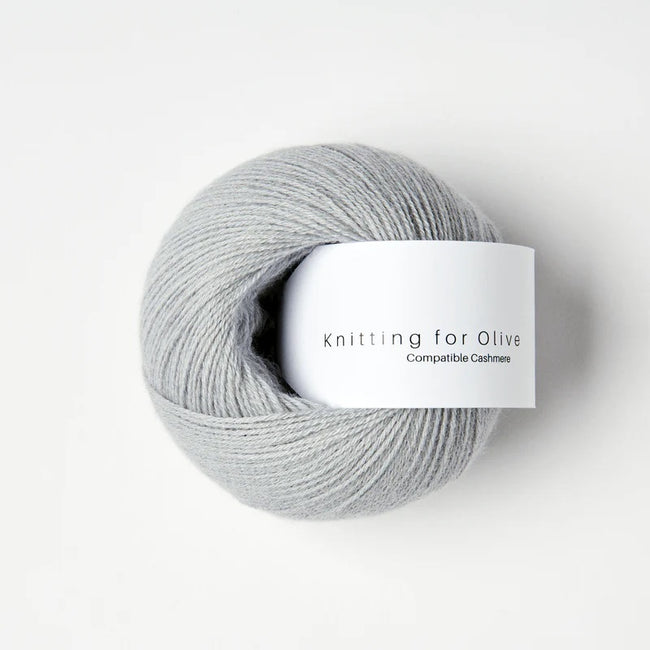The Fascinating Process Behind Producing cashmere Fibre and Its Uses
The Fascinating Process Behind Producing cashmere Fibre and Its Uses
Blog Article
Comprehending the Various Types of Cashmere an All-natural Fiber and Their Special Advantages

The Origins of Cashmere: A Historical Review
While the luxurious touch of cashmere continues to beauty modern consumers, its beginnings map back to the rough, cold climates of Mongolia and the Mountain ranges. For centuries, the indigenous individuals of these areas have been raising Capra Hircus goats, the prime source of cashmere woollen. These goats, resistant versus the extreme winter seasons, expanded a great undercoat to endure, which later became called cashmere. The name itself admires Kashmir, a region in India where the wool was originally processed. Much of the very early cashmere profession route was assisted in by the Silk Roadway, linking Asia with the Middle East and Europe. In spite of its worldwide spread, the finest cashmere is still believed to originate from the original regions of Mongolia and the Mountain Ranges.

The Production Process: From Goat to Garment
Shearing a Capra Hircus goat notes the beginning of the detailed cashmere production process. This delicate treatment usually takes place annually throughout spring. The fine, soft undercoat is then divided from the coarser external hair, a process called dehairing. The resultant raw cashmere is then cleaned to remove contaminations such as grease, vegetable, and dirt matter.
The tidy fiber is subjected to dyeing, spinning, and weaving, or knitting, to transform it into a textile. Complicated treatments like top quality control checks and finishing procedures follow, making sure completion product preserves the extravagant criterion anticipated of cashmere. This painstaking procedure, from goat to garment, warrants the high price affixed to cashmere products, making them a symbol of deluxe and improvement.
The Various Types of Cashmere: An In-depth Evaluation

The Unique Benefits of Cashmere: Comfort and Sustainability
Moving from the range of cashmere kinds to the advantages they offer, comfort and sustainability stand out prominently. Cashmere, an all-natural fiber, is renowned for its unequaled soft qualities, supplying a level of comfort that synthetic fibers can not match.
When it involves sustainability, cashmere is naturally degradable and sustainable, as it's harvested from cashmere goats who regrow their layers each year. what is cashmere. Unlike artificial fibers which can take hundreds of years to decompose, cashmere's influence on the setting is marginal. This mix of comfort and sustainability makes cashmere a helpful selection for aware customers

Taking Care Of Your Cashmere: Upkeep and Conservation Tips
While cashmere is most certainly a sustainable and lavish option, it requires specific treatment to maintain its high quality and expand its life expectancy. To begin, cashmere ought to be hand washed making use of chilly water and a light detergent. Avoid wringing the garment or turning as it can damage the fibers. Instead, delicately eject excess water and lay it flat on a towel to dry. Cashmere items need to be stored in a great and completely dry location, away from straight sunlight and moisture. Making use of moth repellents can safeguard these garments from possible damage. It's a good idea to stay clear of hanging cashmere to prevent stretching. Instead, fold and shop them properly to keep their form and high quality gradually.
Buying Cashmere: Comprehending Its Worth and Well Worth
Although cashmere might originally appear like a pricey financial investment, its lasting worth and worth come to be noticeable when you consider its impressive top qualities. Recognized for its exceptional gentleness and warmth, cashmere is my site a premium all-natural fiber that surpasses various other materials. Its high need and minimal supply try this out add to its high cost, but its toughness ensures it lasts for years, offering exceptional worth for money. Cashmere pieces are classic, often ending up being antiques gave through generations. what is cashmere. Furthermore, its natural insulating properties provide heat without the bulk of artificial fibers. Buying cashmere, consequently, is not simply concerning present style fads, yet regarding accepting a lasting, resilient, and extravagant lifestyle.
Final Thought
In summary, the type of cashmere one picks, be it Mongolian, Chinese, or Italian, is determined by specific choices for heat, budget plan, high-end, and sustainability. Understanding the origins, production process, and one-of-a-kind advantages of different kinds of cashmere can direct consumers in their financial investment in this glamorous natural fiber.
Whether it's the extraordinary warmth of Mongolian cashmere, the price of Chinese cashmere, or the eco-conscious production of Italian cashmere, there's a tale to be uncovered behind each fiber type. Cashmere, a natural fiber, is renowned for its unequaled gentleness, offering a degree of convenience that synthetic fibers can't match.When it comes to sustainability, cashmere is biodegradable and renewable, as it's harvested from cashmere goats that regrow their layers each year. Understood here for its unmatched soft qualities and warmth, cashmere is a costs all-natural fiber that exceeds other products. Understanding the beginnings, production procedure, and distinct benefits of various types of cashmere can assist consumers in their investment in this lavish natural fiber.
Report this page